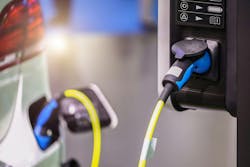Don’t fight the power supplies
Key Highlights
- The article provides details on device types such as dc supplies, converters, transformers and protection devices used in process control.
- It shares insights into power regulation methods, including linear and switch-mode power supplies, with applications in automation systems.
Context considerations
This 16-page guide, “Product focus: power products,” starts with a general introduction to all kinds of devices used in process control and automation applications, including DC supplies, converters, AC transformers, distribution blocks, circuit breakers, surge protectors, line filters, outlets, monitoring devices and panel meters. It also covers selection issues, such as input and output voltages, currents, mounting, environmental ratings, ripple, derating, redundancy and buffer modules, transformers and battery backups.
Regulate for consistency
This four-minute video, “Power fundamentals: regulated power supplies,” is part of the “Control cabinet classroom” series. It covers the need for consistent power, linear-regulated components, primary switch-mode devices, and compact versions.
Programmable dc basics
This online article, “Power supply fundamentals: modes of Operation, remote sense, ripple and noise,” compares constant current and constant voltage, shows how to take measurements, and covers accurate voltage measurement with remote sensing, common specifications and choosing the right device.
24 VDC and PLC I/O accuracy
This 10-minute video, “How 24 VDC power supply issue affect PLC I/O accuracy,” explains how power supply issues can impact digital sensor connections and analog sensor loops. It also covers ripple, overload, unregulated supplies, voltage drops, 24 VDC requirements, diagnostics, and detecting overloads and voltage drops.
Pair on automation power
These two online articles, “The industrial automation dilemma: part 1—industrial control architecture” and “The industrial automation dilemma: part 2—synchronous regulators improve the power system,” cover voltage regulation, control architectures, DC-to-DC conversion, and high-voltage synchronous regulation.
Switch to switched-mode
This online article, “Automation: industrial power supplies,” covers basic concepts and operations, switch-mode power supply (SMPS) types and topologies, differentiating characteristics, and applications like motor starting, circuit protection, decoupling redundant, parallel supplies, remote operations and communications, and concludes with a glossary.
In-panel distribution
This 10-minute video, “Industrial control panels in-depth look, part 1: power distribution,” covers power types and identification for safety, disconnects and branch/supplementary protection, proper grounding, uninterruptible power supplies (UPS) and conversion, power-fail relays, and AC-DC conversion using transformers.
Practical power for PLCs
This online article, “Practical applications of PLC-based power supply control systems,” covers supply control via analog signals, RS-232C/RS-485 serial communications, application example, supply control via EtherCAT protocol, and industrial Ethernet.
Linear, switch-mode, mixed
This 24-page document, “Fundamentals of DC power supplies,” covers linear, switched-mode and mixed architectures, output response and power, remote sensing, built-in measurements, digital voltmeters, graphical views, accuracy and resolution, logging, control and analog interfaces, safety, arbitrary and ramp functions.

